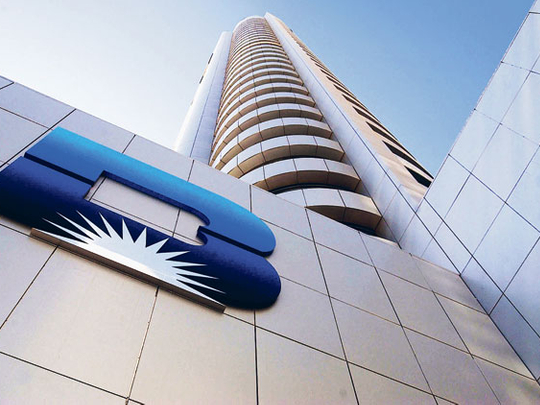
Dubai: Most of Kuwait's banks were profitable in the first half of 2010, but performance varied widely across the sector. Some banks reported robust profitability and adequate asset quality ratios, whilst others reported continued weak profitability due to high impairment charges and weak asset quality.
With the relatively high impairment charges and huge exposure to risky asset classes such as real estate and financial services, rating agencies and banking sector analysts expect Kuwait's banking profitability to come under increased pressure this year.
"A significant weakening in asset quality is not expected for the remainder of 2010. However, some banks may continue to see increases in impaired loans due to the lag effect of the weaker economic conditions of 2009 and high exposure to troubled sectors such as investment companies, real estate, construction and lending for the purchase of equities," said Kamal Raja, associate director of Fitch Ratings.
The financial crisis and economic slowdown in Kuwait have exposed the weakness in some banks' risk management practices and the risky nature of their lending. Kuwaiti banks' exposure to volatile sectors is very high — at over half of banking system loans — and this exposes banks to high market induced credit risk.
Fitch expects that Kuwaiti banks will remain highly exposed to these more volatile sectors owing to the undiversified nature of the economy.
"Given the riskiness of this lending, the average Tier 1 capital ratio of 16.3 per cent at end of June 2010 is merely adequate, and loan loss reserve coverage at some Kuwaiti banks needs to be significantly improved," the rating agency said in a report.
Most of the Kuwaiti banks' individual ratings are at relatively low levels and further downside risk could arise from a significant deterioration in asset quality, leading to high impairment charges and eroding capitalisation.
Despite such downside risk, analysts do not expect any threat of systemic risk to Kuwaiti banking sector due to the government's strong financial position and the sovereign support the banking sector enjoys.
Kuwait posted a budget surplus of 6 billion dinars ($21 billion) in the 2009-2010 fiscal year. In the fiscal year that ended on March 31, the total state revenues hit 17.7 billion dinars ($61.95 billion), with 16.6 billion dinars ($58.1 billion) coming from the oil sector.
"We expect the current account to register a surplus of more than 30 per cent of GDP this year as hydrocarbon prices rise. Import demand is likely to remain relatively steady given the modest growth environment," Ann Wyman, Managing Director and Head of Research for Europe at Nomura wrote in a recent report.
Kuwaiti banks' long and short term issuer default ratings are driven by sovereign support.
Downside risk to these ratings could arise from deterioration in the creditworthiness of the Kuwaiti Sovereign. Given its strong fiscal position, most analysts expect the banking sector to enjoy strong sovereign support.
Kuwait has one of the strongest sovereign balance sheets in the region with very little debt and foreign assets worth over $284 billion, or 238 per cent of GDP at end 2009. These are mostly managed by the Kuwait Investment Authority (KIA), the sovereign wealth fund, and the Central Bank of Kuwait (CBK).
According to Moody's Kuwait's fiscal and current account surpluses were impressive despite some adverse effects from the recent global financial crisis.
The rating agency said its negative outlook for the country's banking system was mainly due to concerns about the region's investment companies and exposure to commercial real estate and stock market investments.












